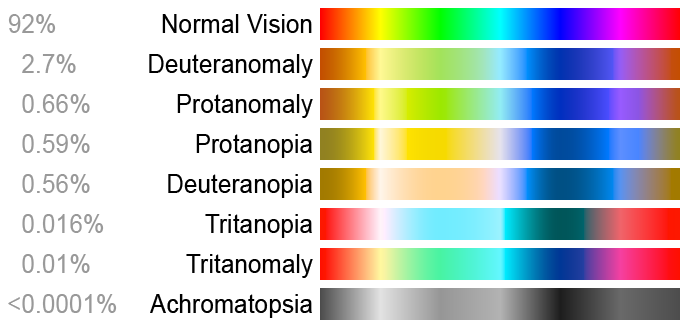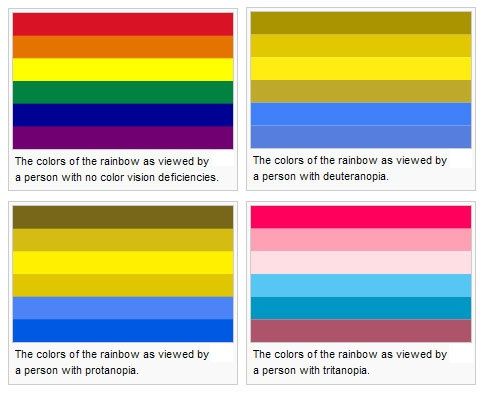
Dr Silver,
thanks for the nice and clear explanation of color vision. Other factor that affects color perception is the medium. Most of us are aware that colors seems to be darker when the material is wet. So, when we tie at the bench matching a particular color, we do it with dry materials... so color will change when the material get wet. The second factor that affects color perception is the turbidity of the water. Clear water will let light rays travel to particular depths, off color water will have a complete different effect on the distance that different wavelengths (colors) can travel in water. Light is energy and energy dissipates in water much faster than in air. So many of the colorful flies that we tie might be perceived by fish in a very different ways. Matching color for flies fished deep in the water column is difficult. We do see that some materials of particular color are more effective than other materials but, as Silver said it's most likely acting as an attractant.
M
"And I think to myself .....what a wonderful world" Satchmo




 Reply With Quote
Reply With Quote



